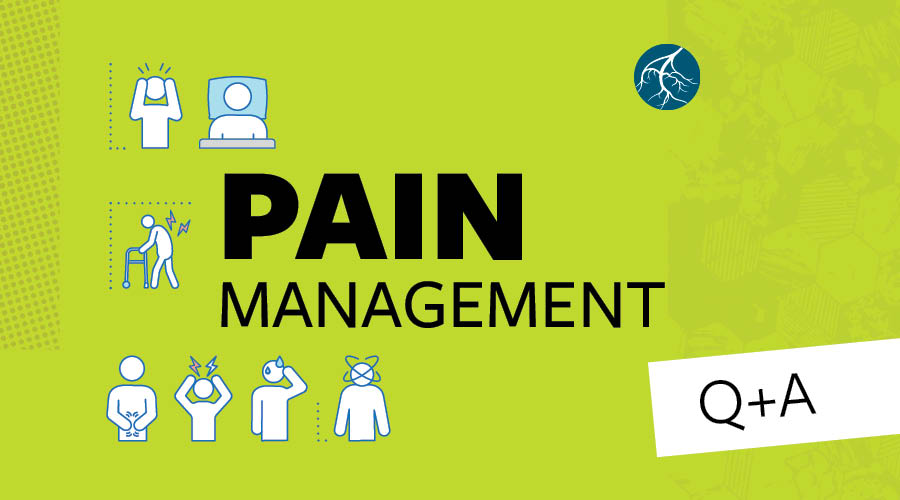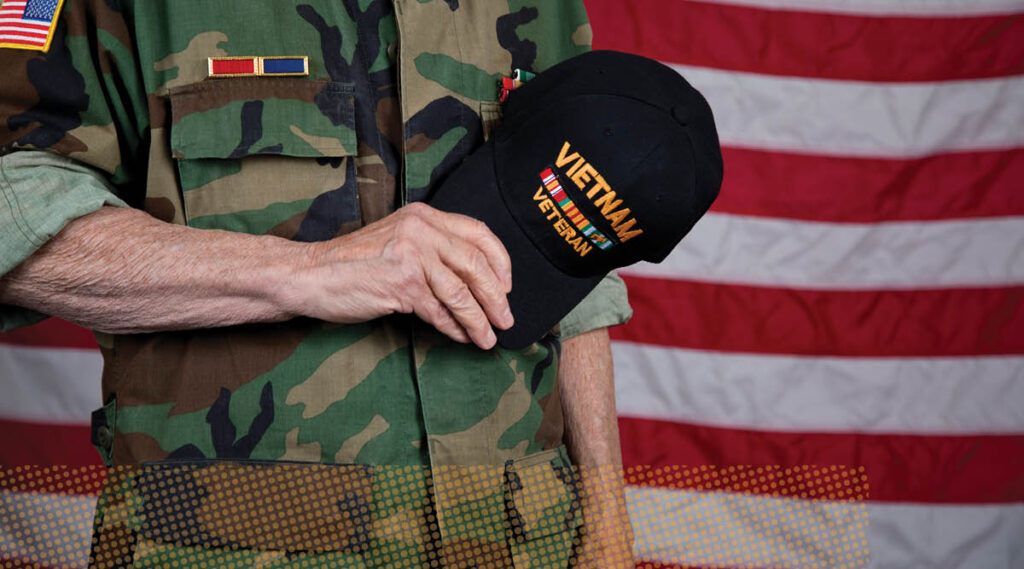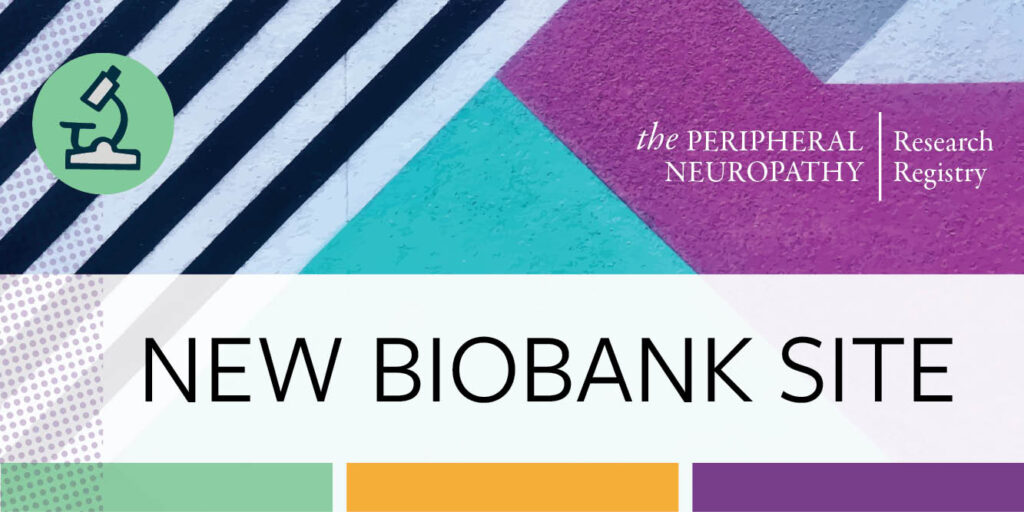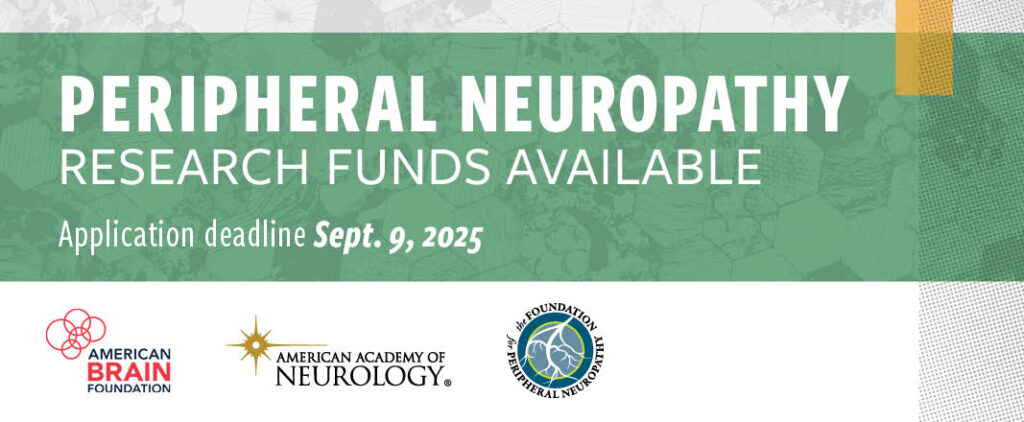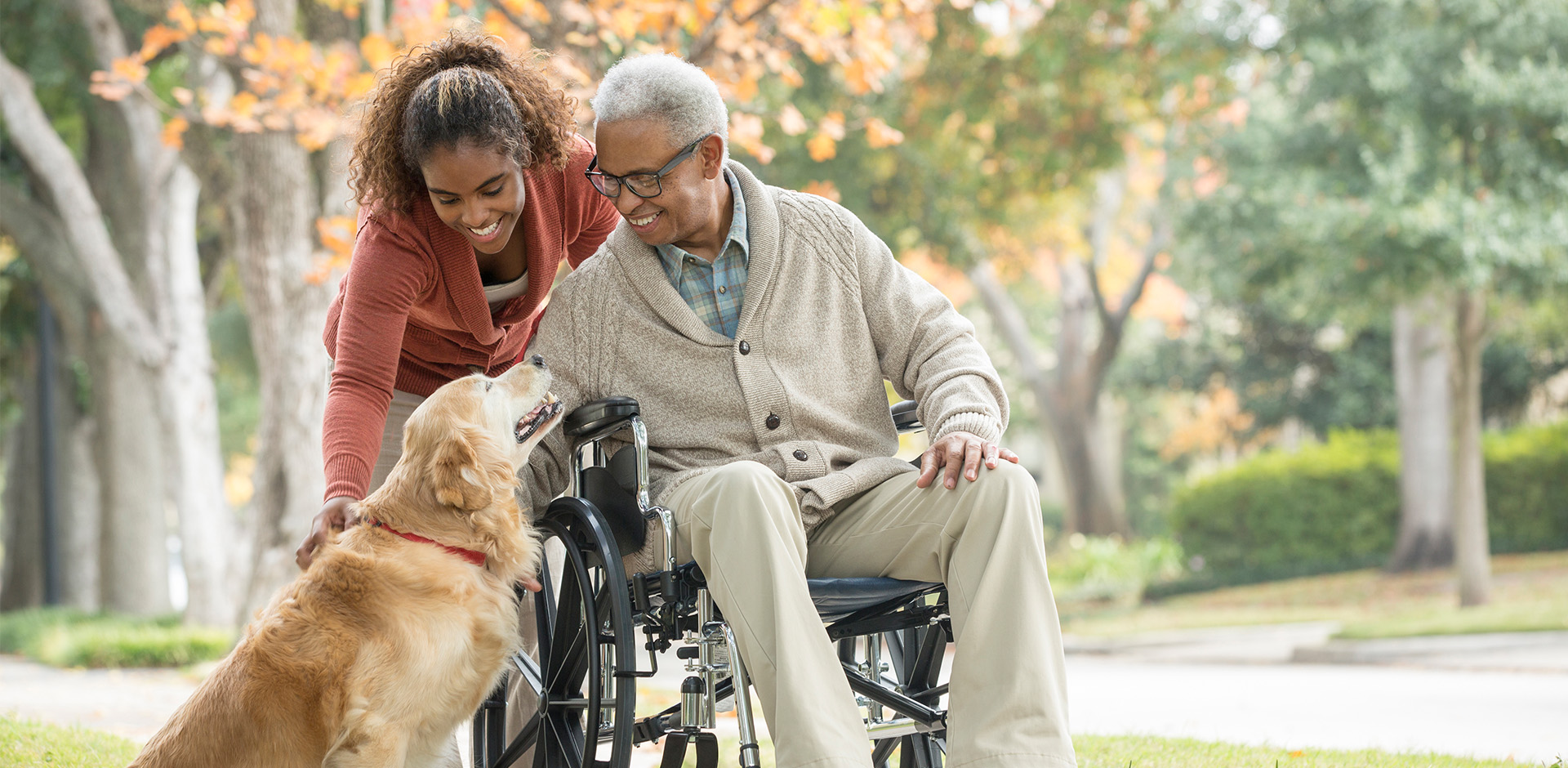Vasculitis-related nerve damage
Vasculitis is an inflammation of the blood vessel system, which includes the veins, arteries, and capillaries. Vasculitis may affect blood vessels of any type, size, or location, and therefore can cause dysfunction in any organ system, including the central and peripheral nervous system. Peripheral neuropathy may occur as a result of having vasculitis.
50/1 Million
Vasculitis is a rare condition, affecting an estimated 50-100 cases per million people per year
50%
Peripheral neuropathy (PNS) occurs in 30–50% of patients with vasculitis.
50 Years Old
Vasculitis is more common in older adults, with an average age of onset around 50 years old
Vasculitis can be caused by infection of the blood vessel walls or an immune or “allergic” reaction in the vessel wall. The first cause is rare. When it occurs, bacteria, viruses or fungi infect the blood vessel. White blood cells move in to destroy the infectious agents and damage the blood vessel in the process. This is a serious condition and requires prompt antibiotic treatment.
The second cause of vasculitis, an immune reaction, is more common. Substances that cause allergic relations are called “antigens.” They cause the body to make proteins called “antibodies” which bind to the antigen for the purpose of getting rid of it. Antigen and antibody bound together are called “immune complexes.” Two primary ways in which immune complexes destroy antigens are by attracting white blood cells to digest the antigen, and by activating other body substances to help destroy the antigens.
The causes of most forms of vasculitis remain unknown. One kind of vasculitis that is not infrequently associated with peripheral neuropathy is polyarteritis nodosa. In addition, sarcoidosis can cause peripheral neuropathy from a vasculitis.
Symptoms & Signs
(Not all symptoms and signs may be present)
- Anemia
- Fatigue
- Fever
- Muscle pain, numbness or tingling
- Night sweats
- Pain when chewing
- Severe headaches
- Stiffness
- Tenderness in the temple area
- Weight loss
- Vision loss
- Red or purple rash on skin, usually on the legs
- Aching in joints, and arthritis with pain, swelling, and heat in joints
- Headaches, behavioral disturbances, confusion, seizures, and strokes
- Peripheral nerve symptoms, including numbness and tingling
- Inadequate blood flow in the intestines causing abdominal pain and bloating
- Feeling of heaviness in the chest
Evaluation & Tests
(Not all evaluation and tests may be necessary)
- Neurological exam
- Electromyography
- Nerve conduction velocity test
- Blood tests
- CAT scan and MRI
- Chest x-ray
- Urine analysis
Treatment & Therapy
(Not all treatments and therapies may be indicated)
Treatment focuses on relieving pain by reducing inflammation, slowing joint and bone damage and improving the ability to function with the disease.
- Corticosteroids [e.g. prednisone, prednisolone, or methylprednisolone (Medrol®)]
- Cytotoxic drugs (most commonly azathioprinc (Imuran®) and cyclophosphamide (Cytoxan®))
- Plasmapheresis
- Intravenous immunoglobulin (IVIg)
- Take safety measures to compensate for loss of sensation
Today, doctors are exploring a link between pre-diabetes (also known as impaired glucose tolerance or IGT) and peripheral neuropathy. Approximately 10% of adults in America have what is being called “pre-diabetes” or “borderline diabetes”—a condition where the body has higher than normal blood sugar levels, but not high enough to be diagnosed as true diabetes. If left untreated, people with pre-diabetes are at risk of developing type 2 diabetes, heart disease, and nerve damage (which could result in peripheral neuropathy.)
People with pre-diabetes or IGT can significantly reduce their risk of developing type 2 diabetes through diet, exercise and learning to control their blood sugar levels.
Symptoms
(Not all symptoms and signs may be present)
People with IGT often have no symptoms. People who actually have diabetes—and who therefore are at greater risk of developing peripheral neuropathy—often don’t realize it because the symptoms of diabetes come on so gradually. Pre Diabetic symptoms and its complications include:
- Frequent urination
- Blurred vision
- Constant thirst
- Fatigue
- Frequent infections
- Cuts and bruises that heal slowly
- Tingling or numbness in the hands or feet
Tests
(Not all evaluation and tests may be necessary)
To test for pre-diabetes:
- Blood test
- Oral glucose tolerance test
Treatments
(Not all treatments and therapies may be indicated)
- Over-the-counter pain medication for mild pain
- Take safety measures to compensate for loss of sensation.
- Ask your doctor about special therapeutic shoes (which may be covered by Medicare and other insurance).
The first sign of diabetic neuropathy is usually numbness, tingling or pain in the feet, legs or hands.
Over a period of several years, the neuropathy may lead to muscle weakness in the feet and a loss of reflexes, especially around the ankle.
As the nerve damage increases, the loss of sensation in the feet can reduce a person’s ability to detect temperature or to notice pain. Because the person can no longer notice when his/her feet become injured, people with diabetic neuropathy are more likely to develop foot problems such as skin lesions and ulcers that may become infected.
Diabetic neuropathy may suddenly flare up and affect a specific nerve or group of nerves. When this occurs, the result may be weakness and muscle atrophy in various parts of the body, such as involvement of the eye muscles or eyelid (e.g., causing double vision or a drooping eyelid) or thigh muscles. Alternatively, neuropathy caused by diabetes may slowly progress over time. It also can interfere with the normal functioning of the digestive system and sexual organs.
Symptoms
(Not all symptoms and signs may be present)
- Numbness, tingling, or pain in the toes, feet, legs, hands, arms, and fingers
- Indigestion, nausea, or vomiting
- Diarrhea or constipation
- Dizziness or faintness due to a drop in blood pressure especially when rising to a standing position
- Problems with urination
- Erectile dysfunction (impotence) or vaginal dryness
Tests
(Not all evaluation and tests may be necessary)
- Comprehensive foot exam
- Physical examination
- Neurological exam
- Electromyography
- Nerve conduction velocity test
- Quantitive sensory testing (QST)
- Nerve or skin biopsy
- Blood studies (to verify diabetes (e.g., HbA1C) and to rule out other potential causes)
Treatments
(Not all treatments and therapies may be indicated)
The goal of treatment for diabetic neuropathy is to relieve discomfort and to prevent further tissue damage. The first step is to bring blood sugar levels under control by diet and medication. Another important part of treatment involves taking special care of the feet.
- Over-the-counter pain medication for mild pain
- For severe pain, take over-the-counter pain medication or prescription drugs used for peripheral neuropathy, on a regular basis—rather than waiting until nighttime when symptoms can become more severe
- Keep blood sugar levels in normal range
- Get regular exercise
- Maintain a healthy weight
- Antidepressants (for pain relief)
- Foot care: inspect your feet daily for injuries
- Special Therapeutic shoes (which may be covered by Medicare and other insurance)
- Take safety measures to compensate for loss of sensation
Resource library
Read our newsletter and explore educational brochures to help expand your knowledge of peripheral neuropathy.

